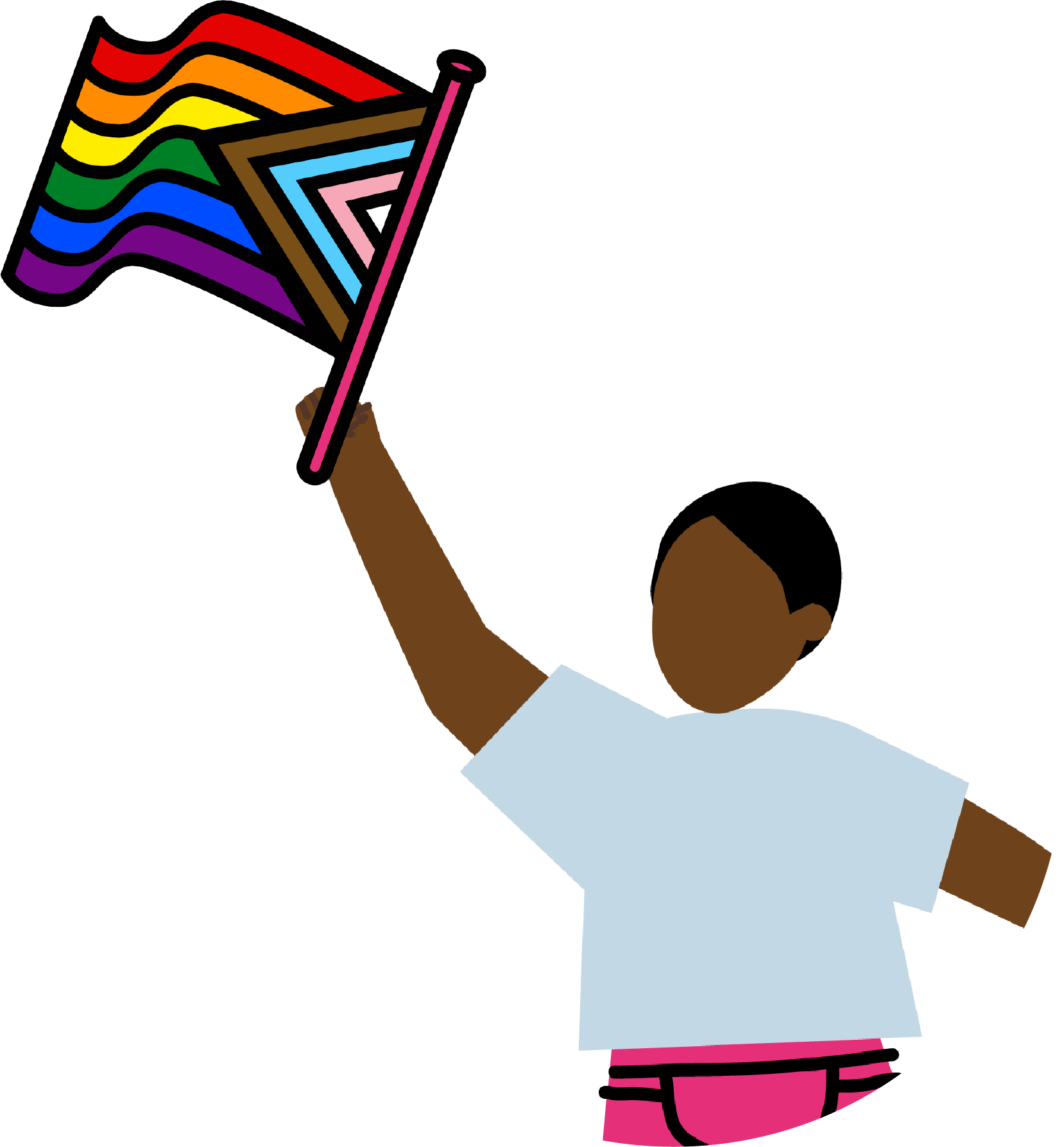2000
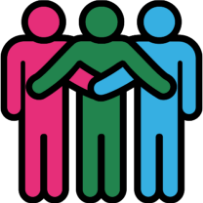
36.1 million people are living with HIV in 2000.
This is more than 50% higher than World Health Organisation projections made in 1991.

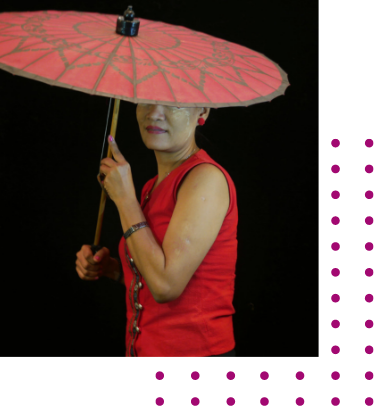
2000
The Alliance (now Frontline AIDS) shifts focus to strengthening capacity and piloting participatory methods with partners. The term “key populations”Key populations include: men who have sex with men (MSM), sex workers, transgender people and people who use drugs. In some settings this also includes migrants and people who are in prison. is coined.
2000
25.3 million people are living with HIV in sub-Saharan Africa. The Durban International AIDS Conference marks a pivotal moment in global awareness and commitment to the HIV/AIDS epidemic.
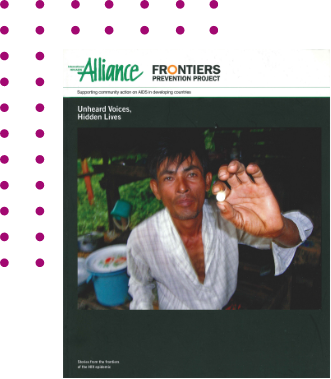
2001-08
The Alliance launches the Frontiers Prevention Project, which aims to slow the transmission of HIV amongst key populations in the concentrated epidemics of Ecuador, India, Cambodia, Madagascar and Morocco. The Alliance’s first multi-country programme funded by the Bill and Melinda Gates Foundation empowers key populations to advocate and change policies that affect them, combined with a package of HIV prevention interventions to reduce the transmission of HIV.
2001
AIDS is the leading cause of death in sub-Saharan Africa and the fourth biggest killer worldwide.
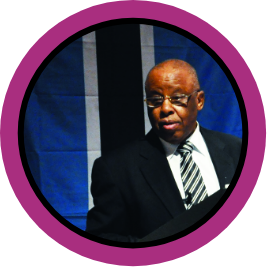 i
i “In the global village in which we live today, no country is safe from the ravages of the pandemic. Therefore, it is in the interest of each and every one of us to ensure that we do everything in our power to eliminate the spread of HIV/AIDS in the quickest possible time and in the most effective way.”
President, Republic of Botswana, H.E. Mr Festus G. Mogae
2002
The Global Fund to Fight AIDS, Tuberculosis and Malaria is established to turn the tide on the deadliest infectious diseases confronting humanity.
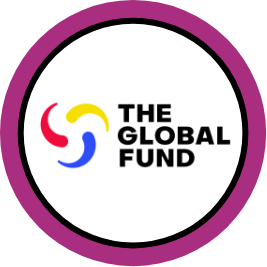
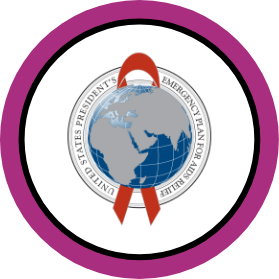
2003
The U.S. President’s Emergency Plan for AIDS Relief (PEPFAR) is launched, the largest financial commitment by any nation to address a single global health threat.
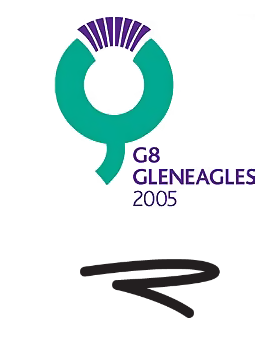
2004-09

The Alliance (now Frontline AIDS) contributes to shaping the UK Department for International Development’s (DFID) first ever HIV strategy and the European Union’s Programme for Action. We successfully campaign with STOPAIDS and others for a G8 commitment to AIDS treatment for all, mobilising significant funding and leadership for the HIV response.
2005
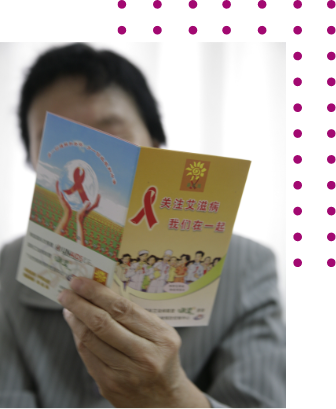 i
i The first national assembly of people living with HIV in China is held, co-hosted by our former country office Alliance China.
 i
i 2005
The Alliance partnership collectively reaches
589,284people and provides technical or financial support to
2,543 organisations.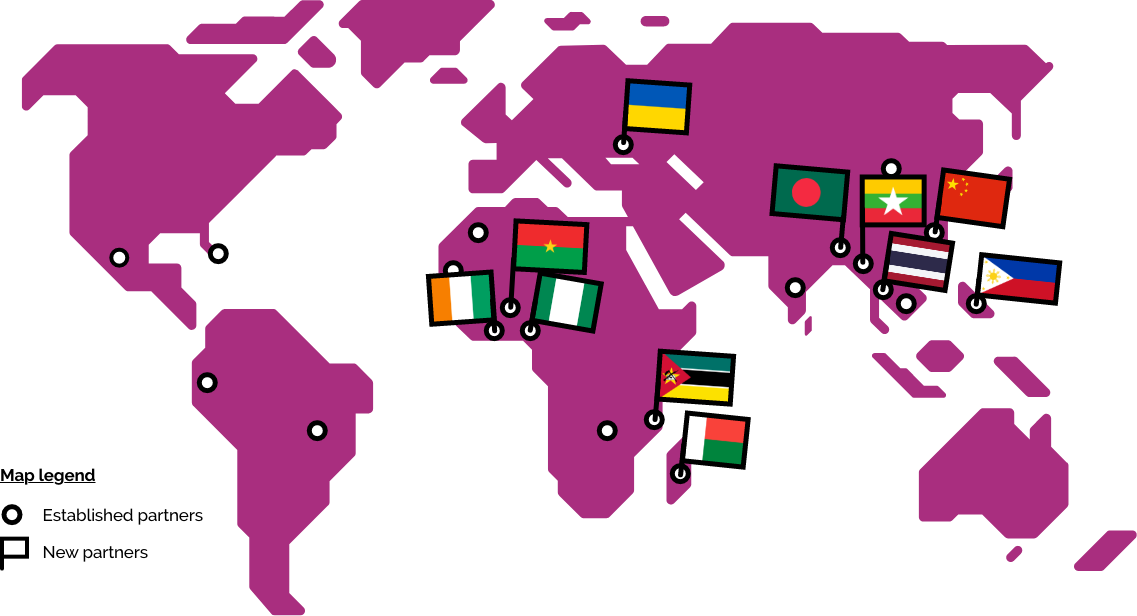
The Alliance now has partner organisations in Burkina Faso, Bangladesh, The Philippines, Ecuador, Senegal, Morocco, Cambodia, Mexico, Brazil, India, Mongolia, Zambia, Ukraine, Nigeria, Caribbean, China, Mozambique, Thailand, Madagascar, Myanmar and Côte d’Ivoire.
2005

Our partner Alliance Nationale des Communuatés pour la santé (ANCS) from Senegal becomes a Principal Recipient of the Global Fund to Fight AIDS, Tuberculosis and Malaria, which allows them to scale up their work. ANCS has been an Alliance partner since 1994.
 i
i 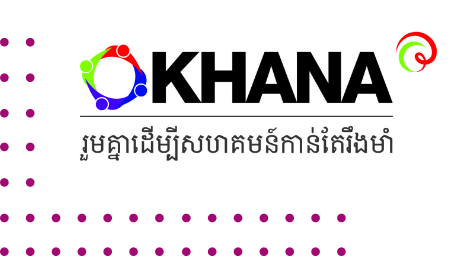
2006

Men who have sex with men and people who use drugs are included as priority groups in Cambodia’s National AIDS Plan for the first time, due to work by Alliance partner KHANA.
2007
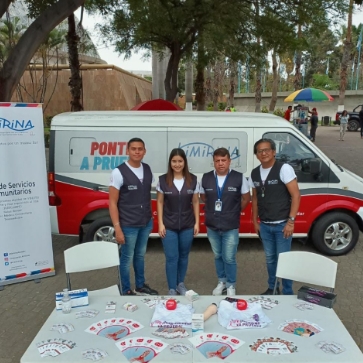
Ecuador changes regulations allowing sex workers to access health services, following a long campaign led by Alliance partner Kimirina.
 i
i 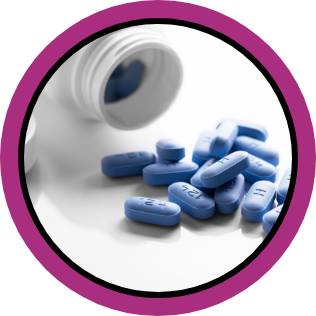 i
i 2007
 i
i A generic version of the drug Tenofovir, a form of oral HIV PrEP, sold under the brand name Truvada, is fully licensed in South Africa, three years after the drug is approved for use in America (in 2004) due to pricing negotiations to make medicines accessible and affordable to countries in the Global South.
2008
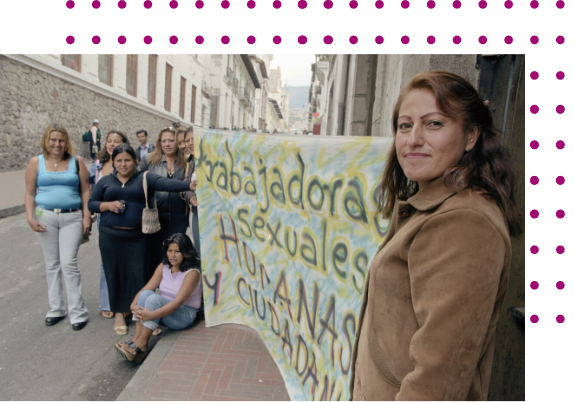 i
i The Latin America Partnership Programme Arrangement is launched, bringing together Alliance partners in Bolivia, Colombia, Ecuador, El Salvador, Mexico and Peru to include perspectives of marginalised communities in policymaking spaces, and to reduce levels of stigma and discrimination towards people living with HIV.
 i
i 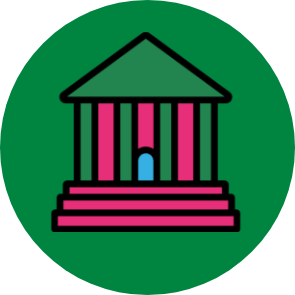
2008

The Alliance (now Frontline AIDS) launches a new accreditation system to promote good governance, organisational management and good practice HIV programming.
As a result, partner organisations are better positioned to access funding from the Global Fund and PEPFAR, and to provide specialist HIV programming targeted at ending the epidemic within their countries.
2009
The Community Adolescent Treatment Supporter (CATS) The CATS model was first pioneered by Zvandiri, the Alliance’s partner in Zimbabwe. The Alliance further developed the CATS model by incorporating elements like advocacy, psychosocial support and community sensitisation work with adolescents and young people. model is launched by Zvandiri in Zimbabwe, creating a supportive network that helps adolescents through various challenges associated with HIV, including testing and counselling, disclosure, initiating ART, dealing with adherence issues, and overcoming stigma and discrimination.

